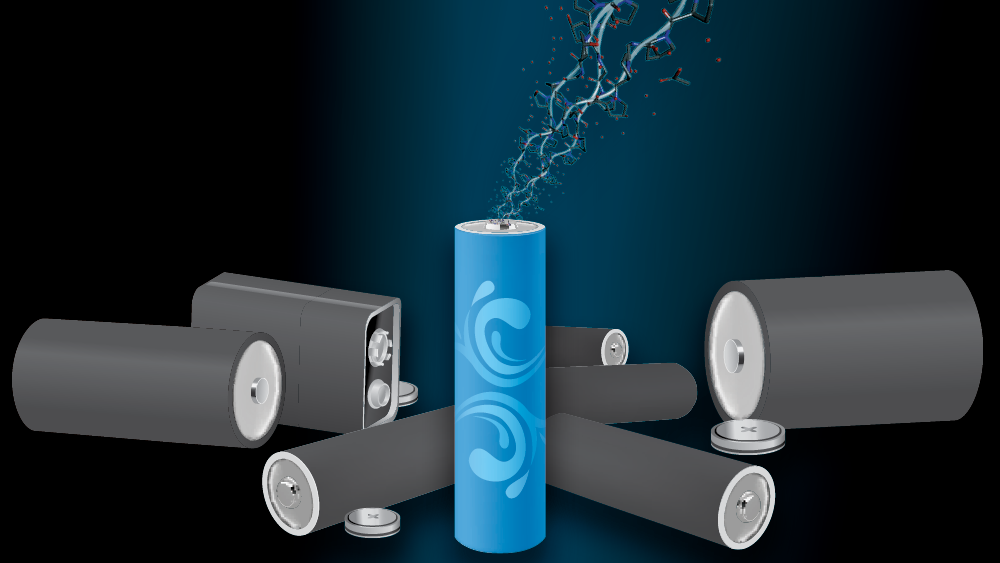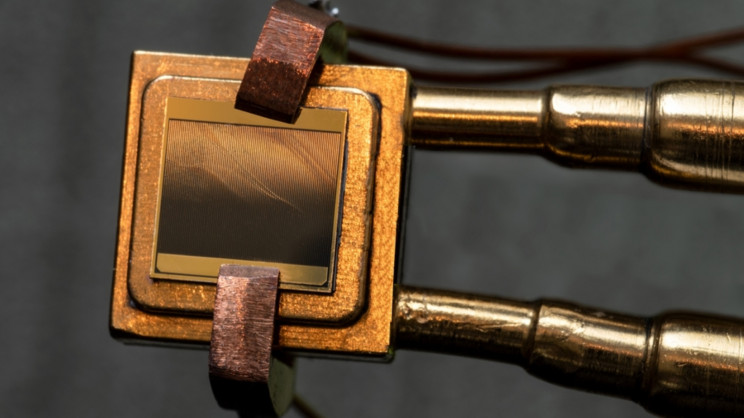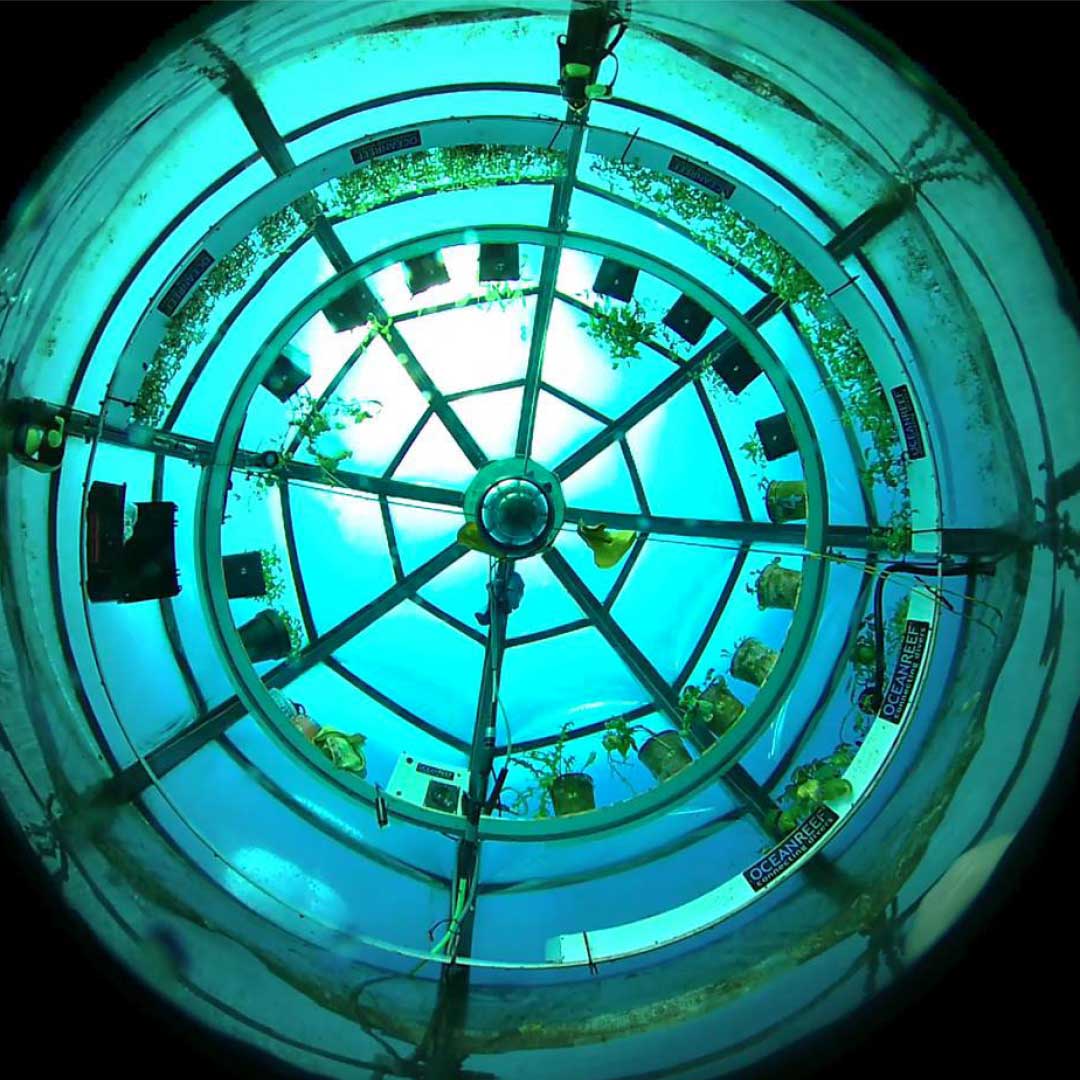A team at the California Institute of Technology completed a clinical trial showing how tiny nanoparticles could be injected into cancer patients’ bloodstreams. The nanoparticles then turned off the switch in cancer cells that causes them to multiply and replicate.
So if you don’t already know what nanobots are, they are exactly what they sound like, very tiny robots, the size of cells. They are designed to find the mutated cancer cell and release the chemical to kill it once it has attached itself to said cell. This prevents other healthy cells from taking damage from the treatment as well as hit a larger amount of cancerous cells. To put it simply it’s more effective and accurate at the same time.
A nanometer is about one-billionth of a meter in size; most nanobots have between one and 100 nanometer parts, they are smaller than cells. Obviously, we cannot see them, but if that’s the case how are they made? As you can imagine, it’s not easy. They must be constructed atom by atom and then those nanobots are the start to build more in a self-replicating system all made from polycarbonate.
Because they are so small they can effectively infiltrate the cancer cell to turn it off. Nanobot technology has the potential to end almost all world diseases. However, don’t expect the treatment to be cheap!







